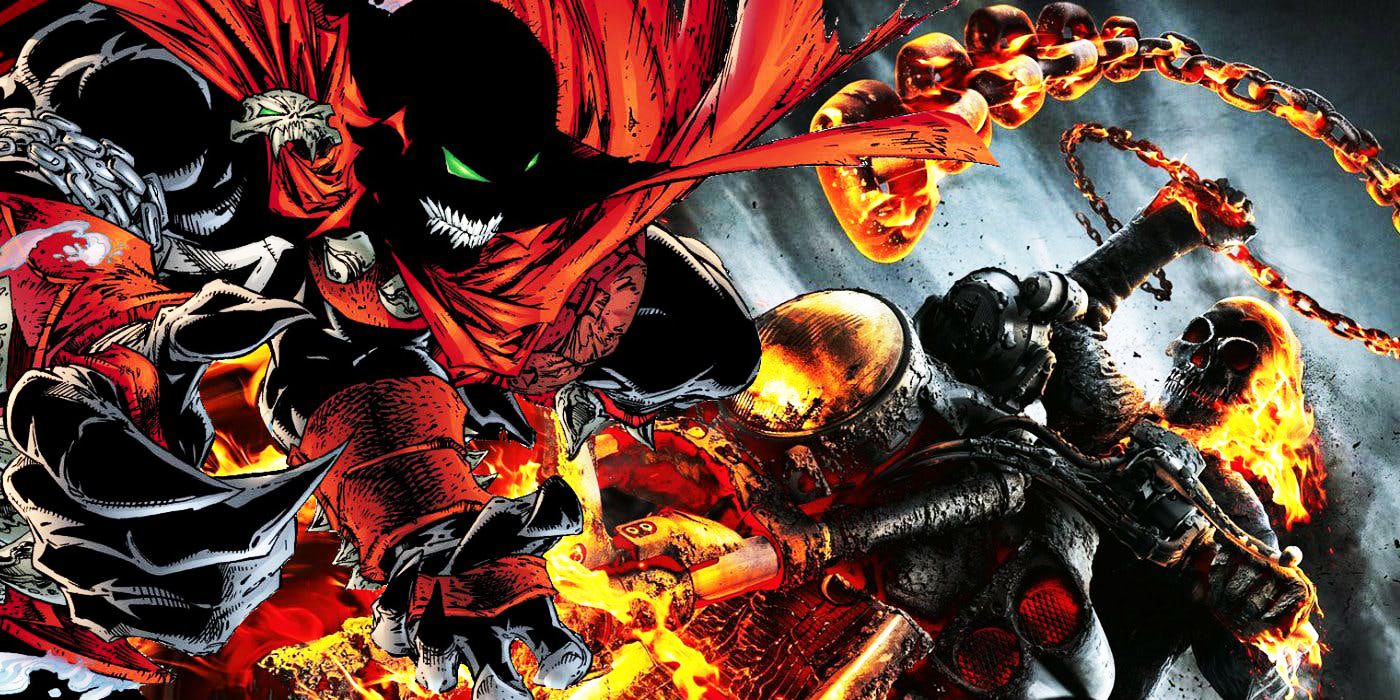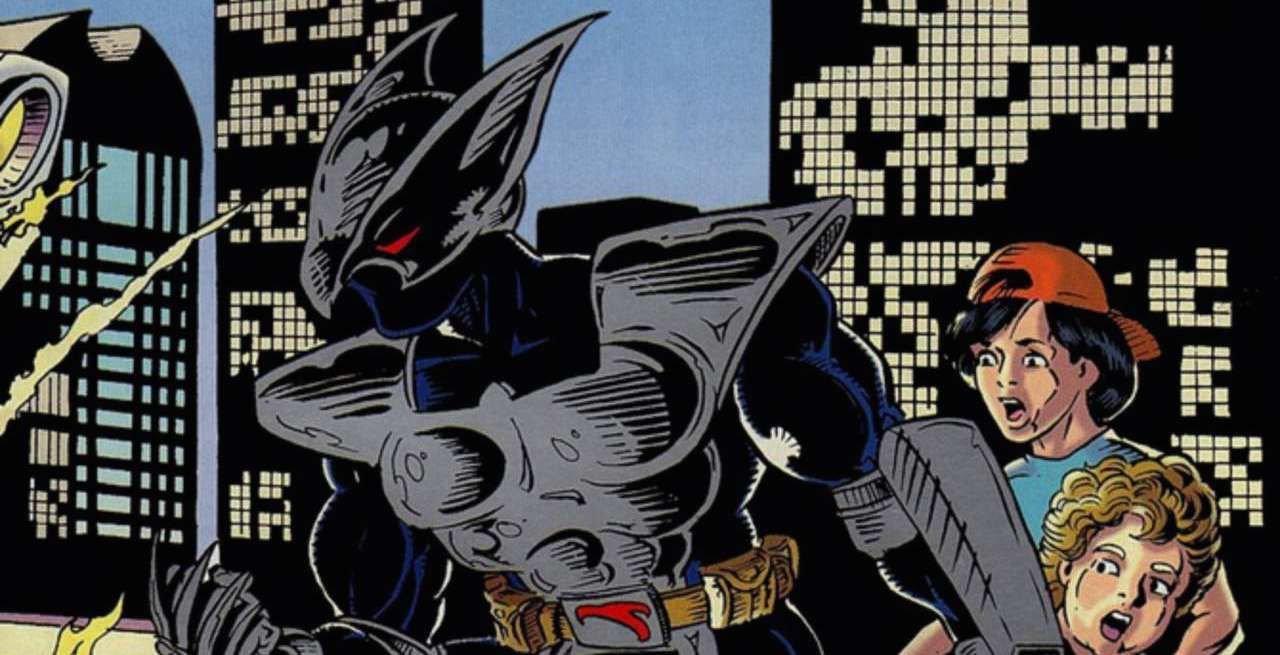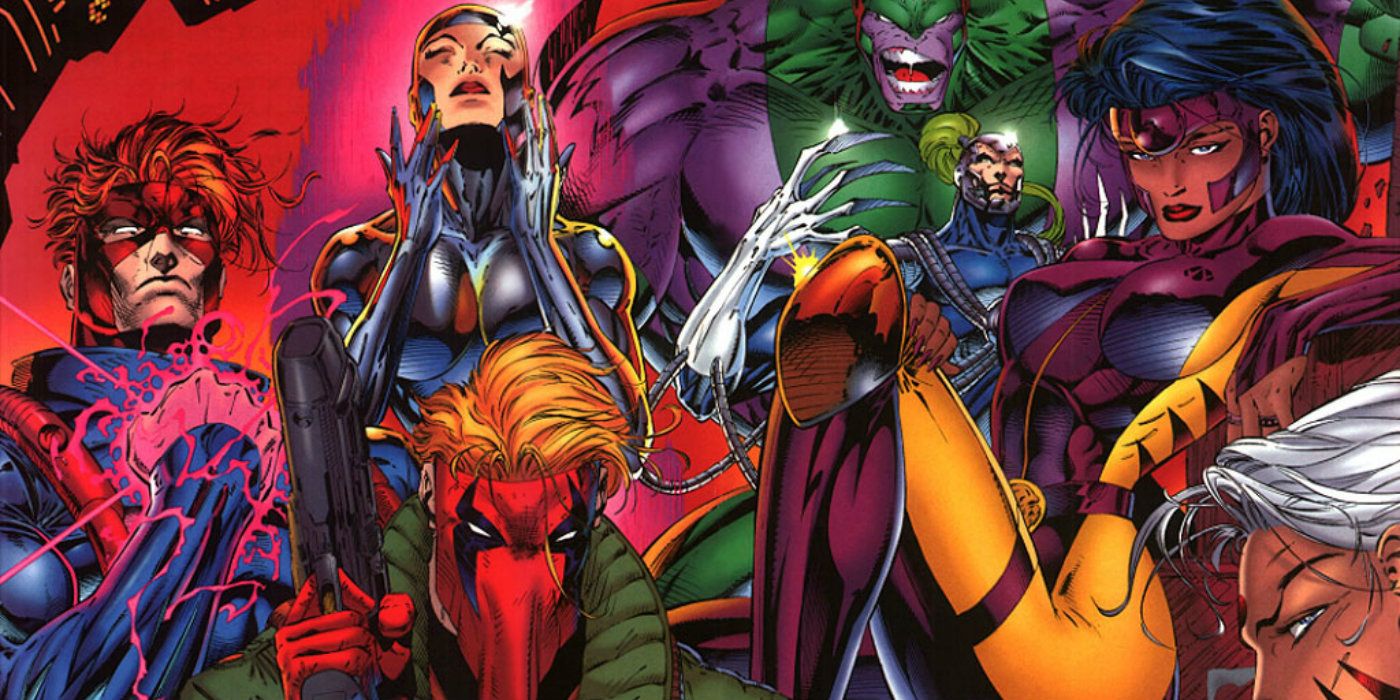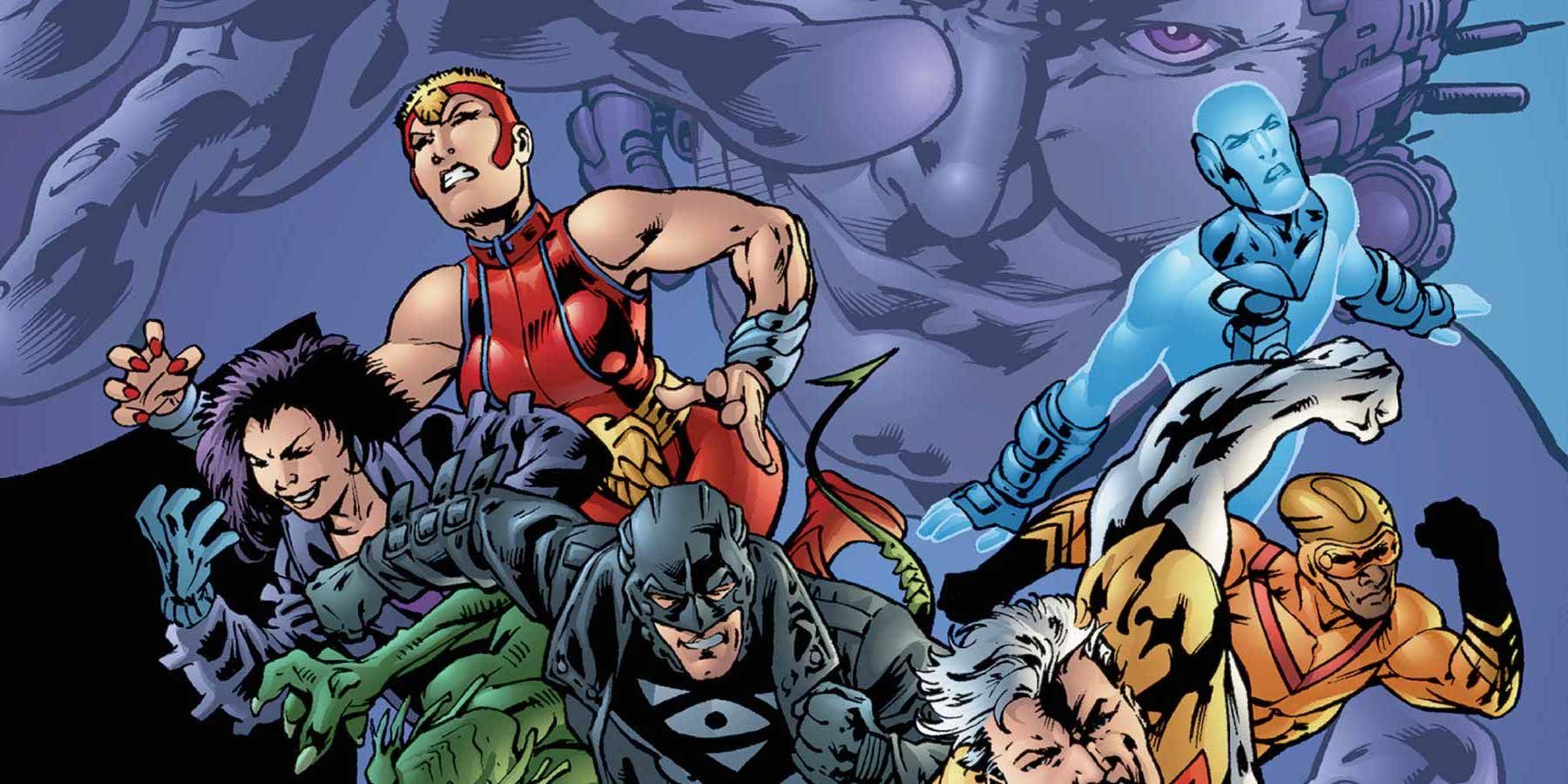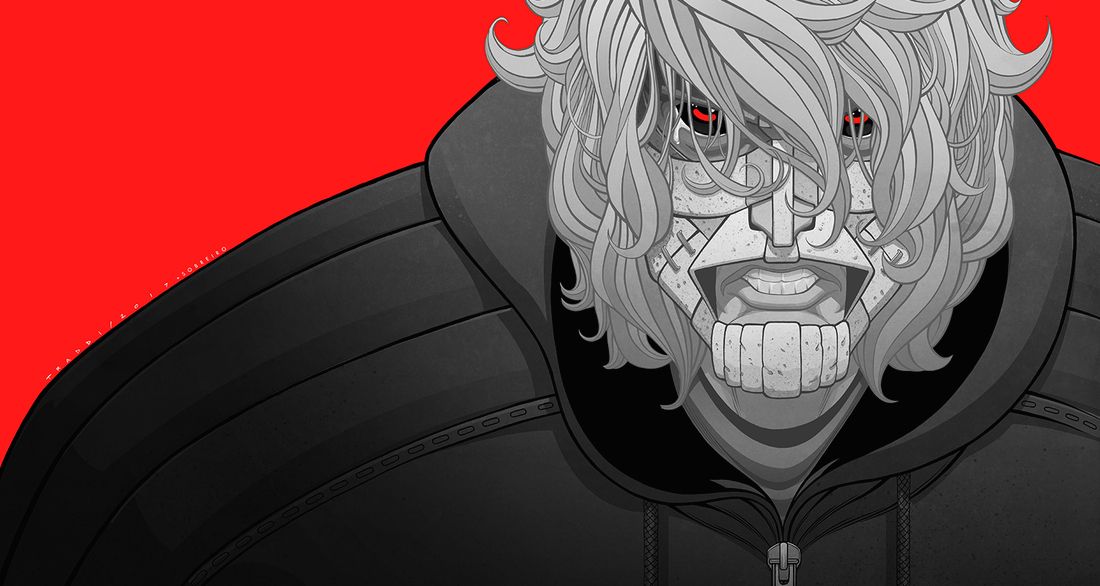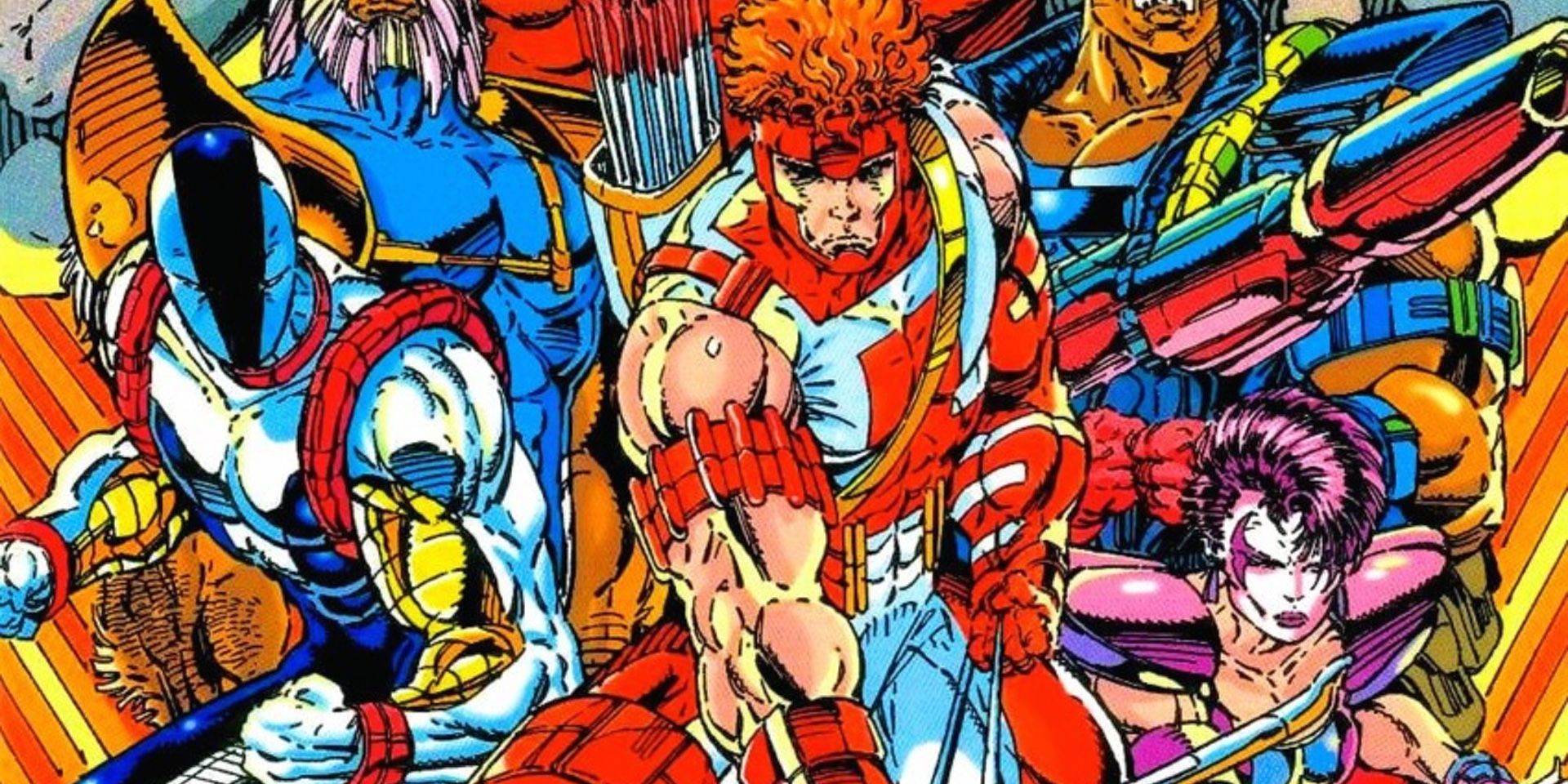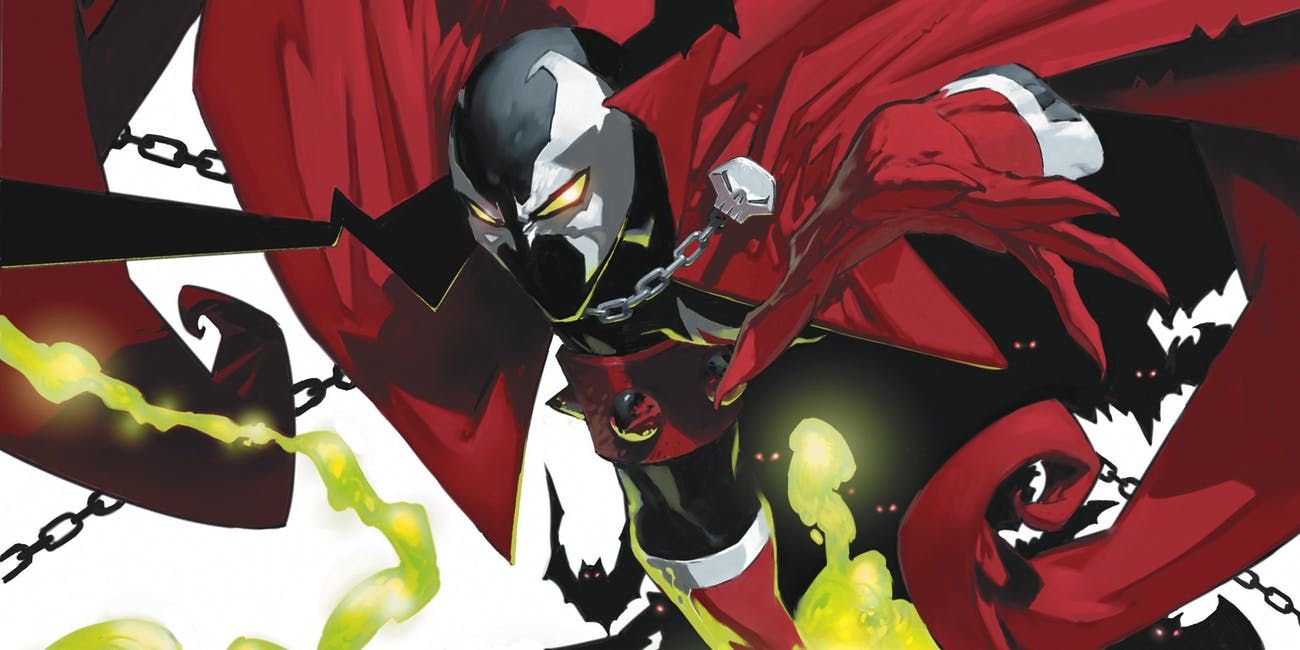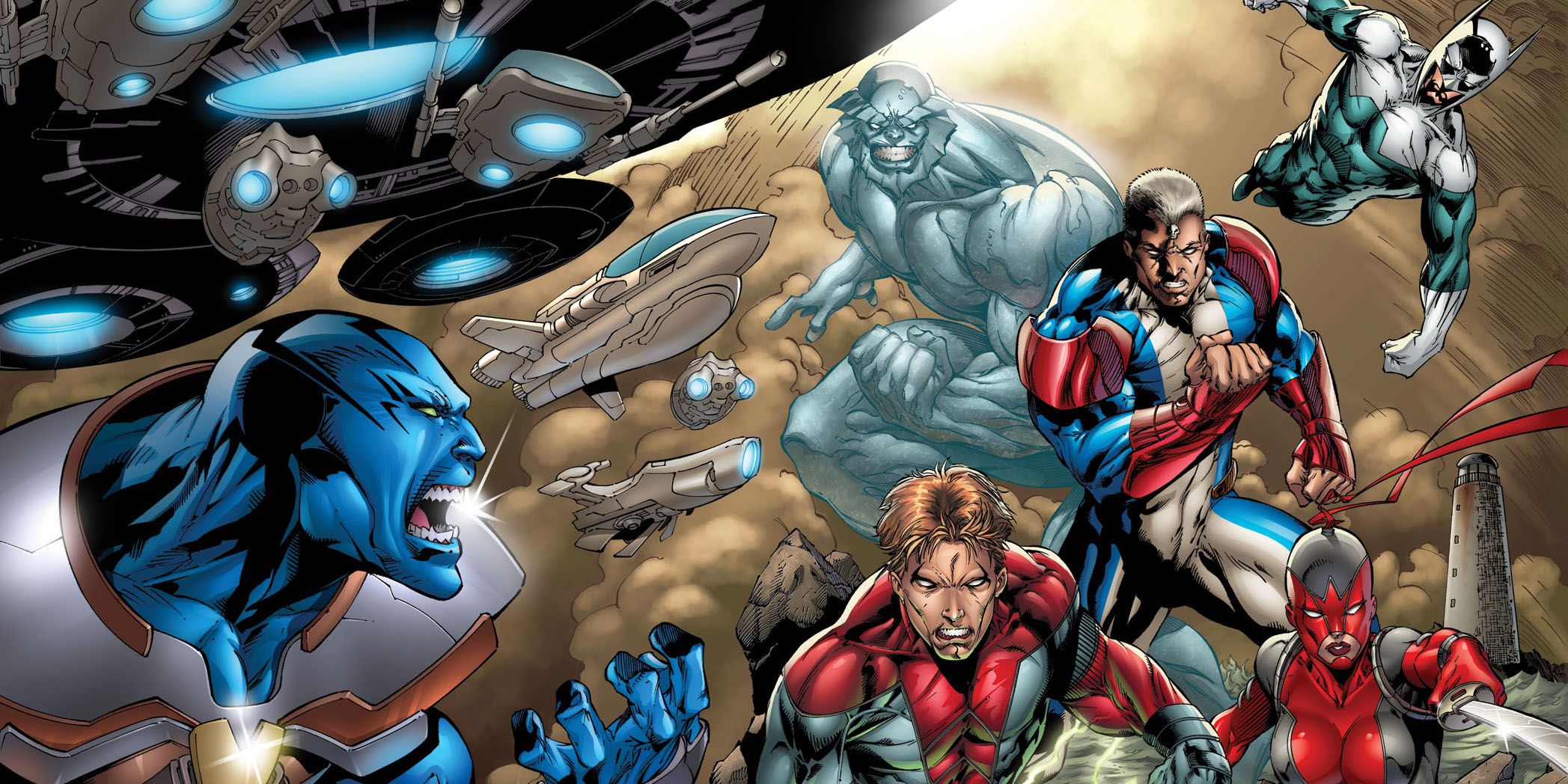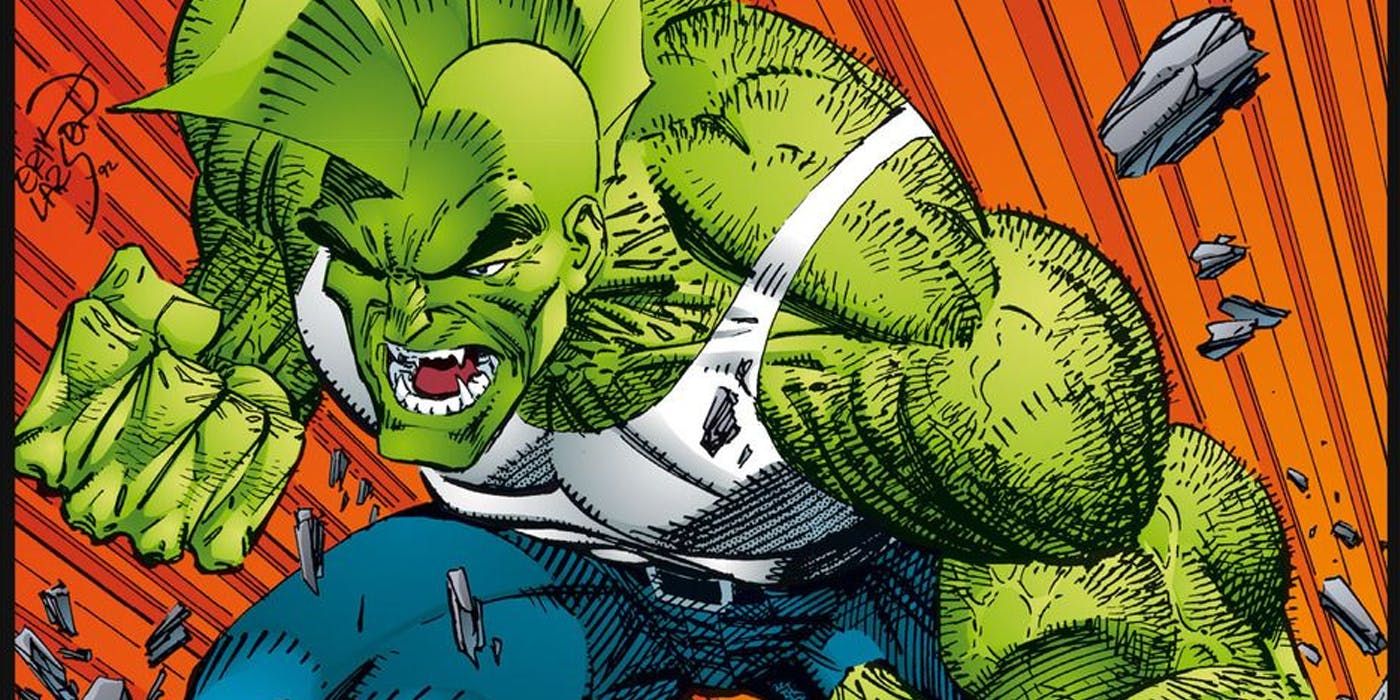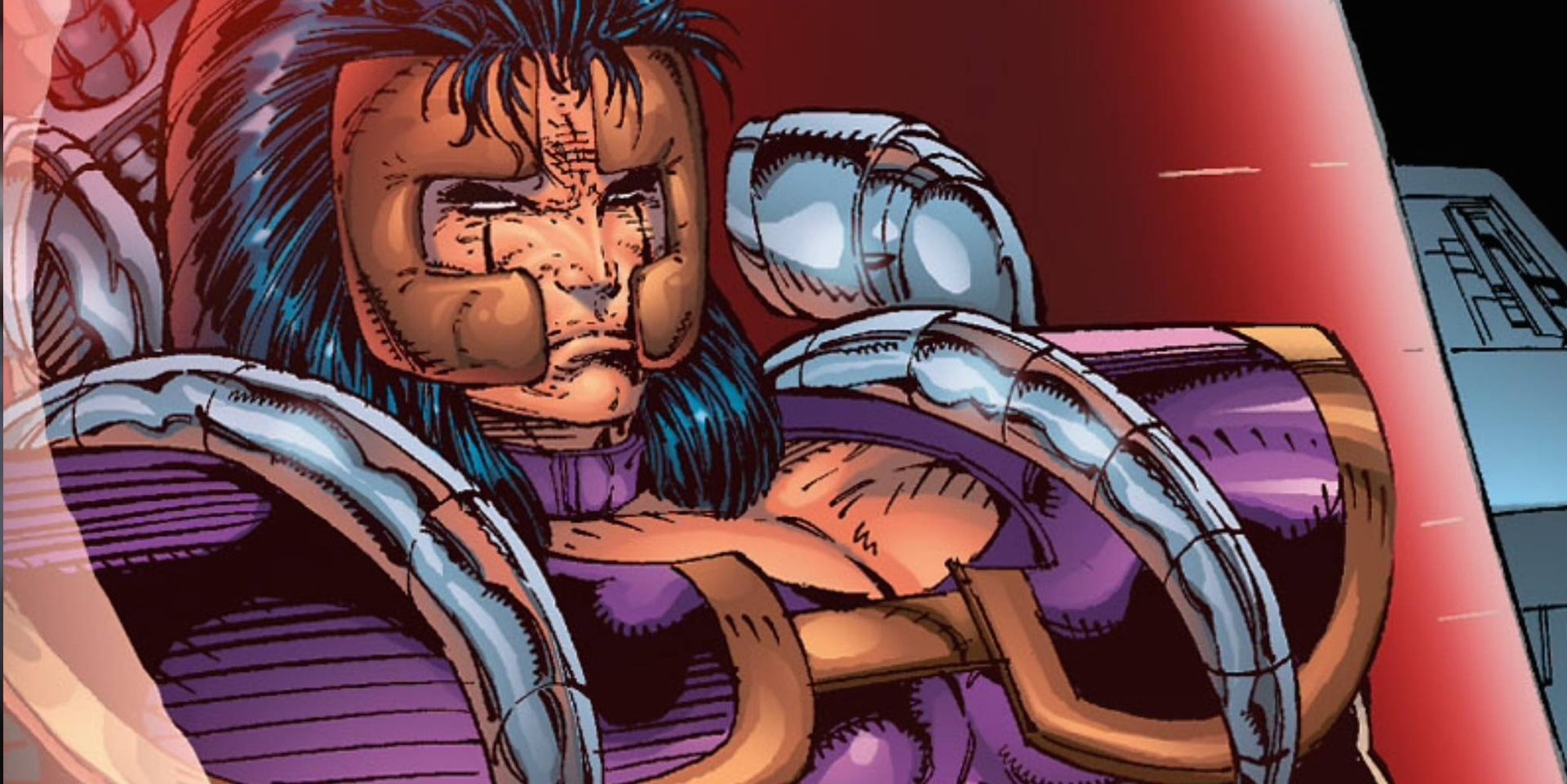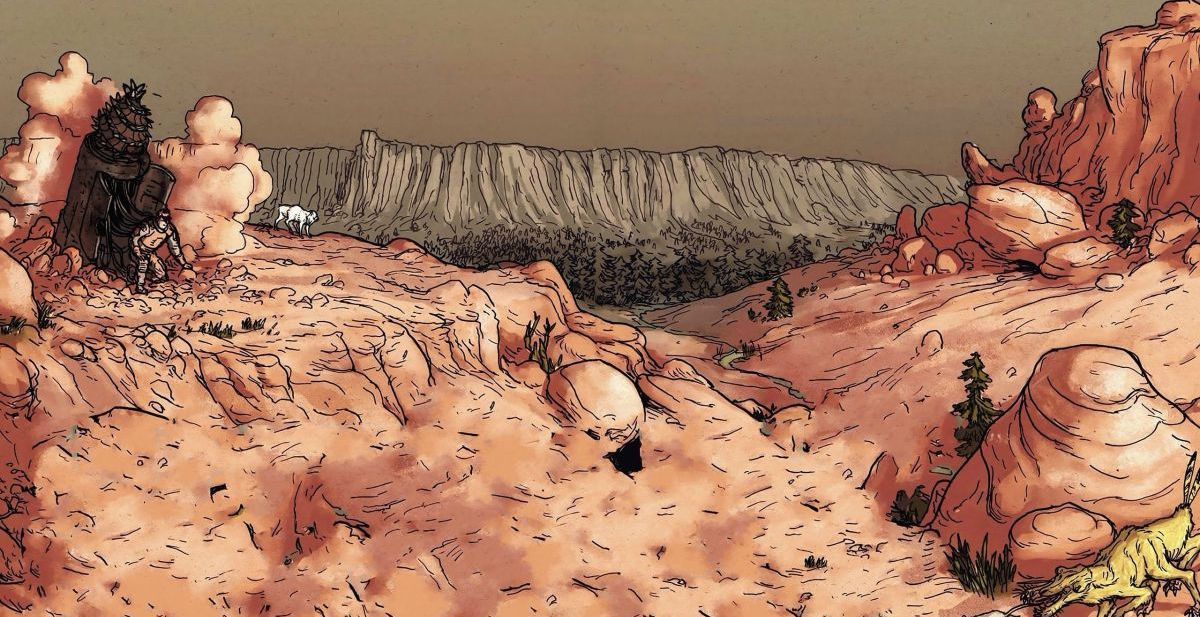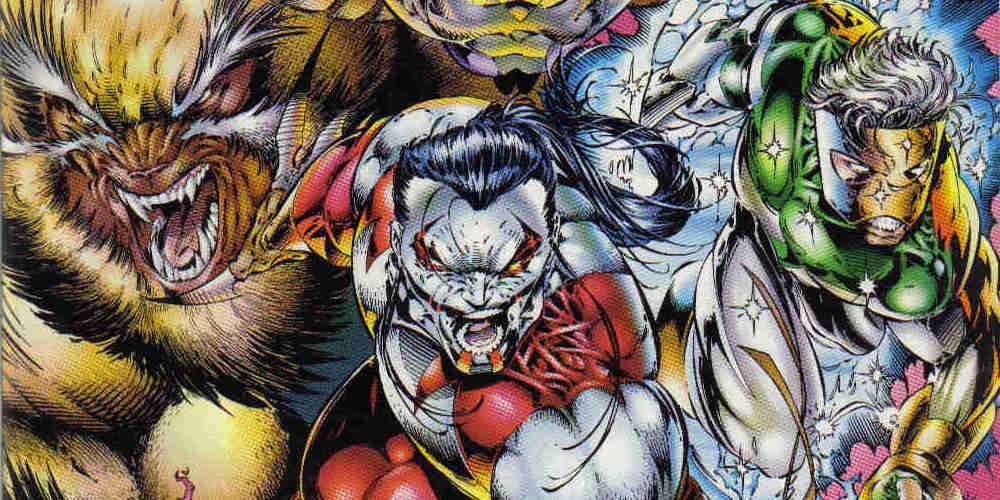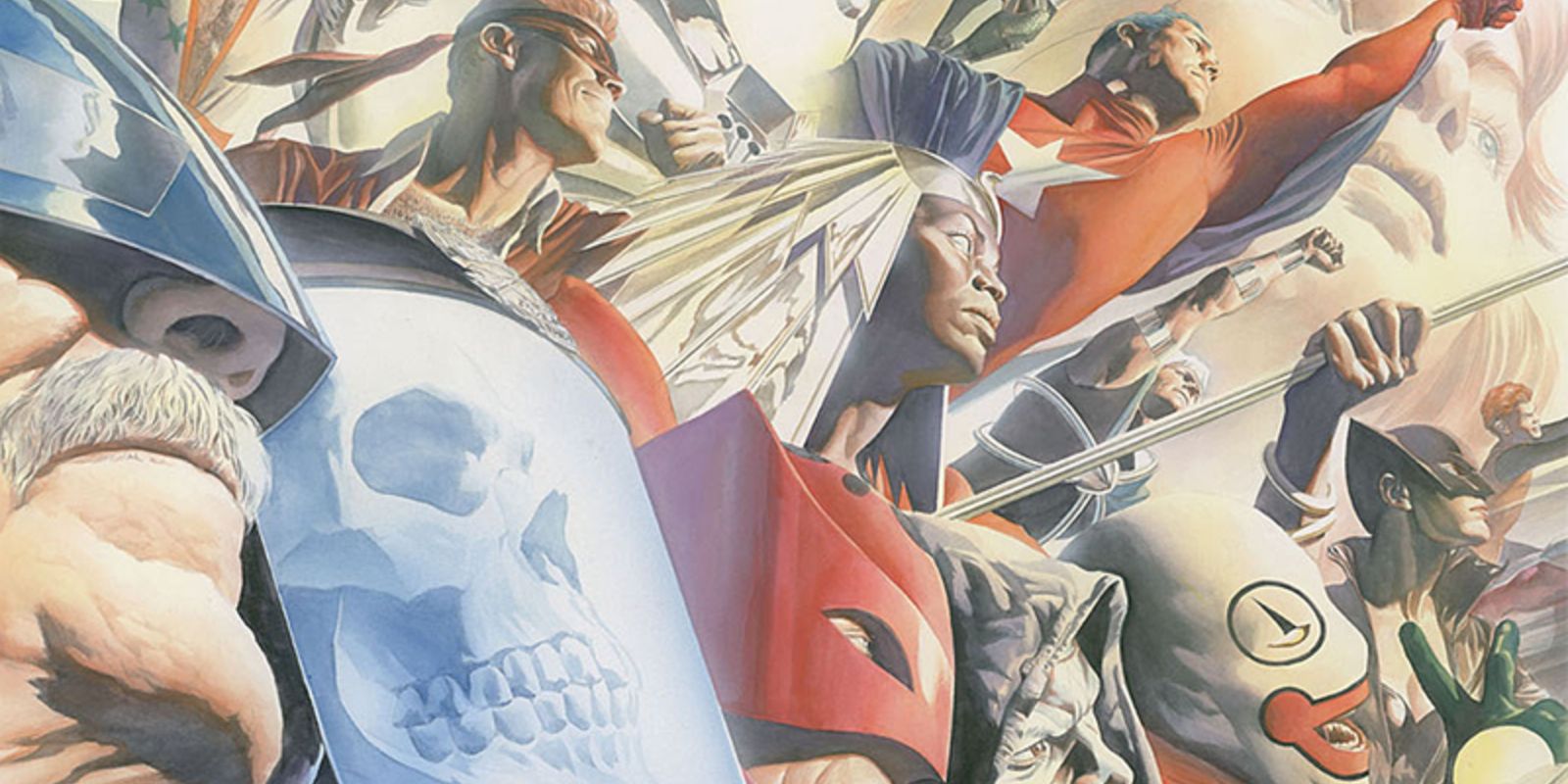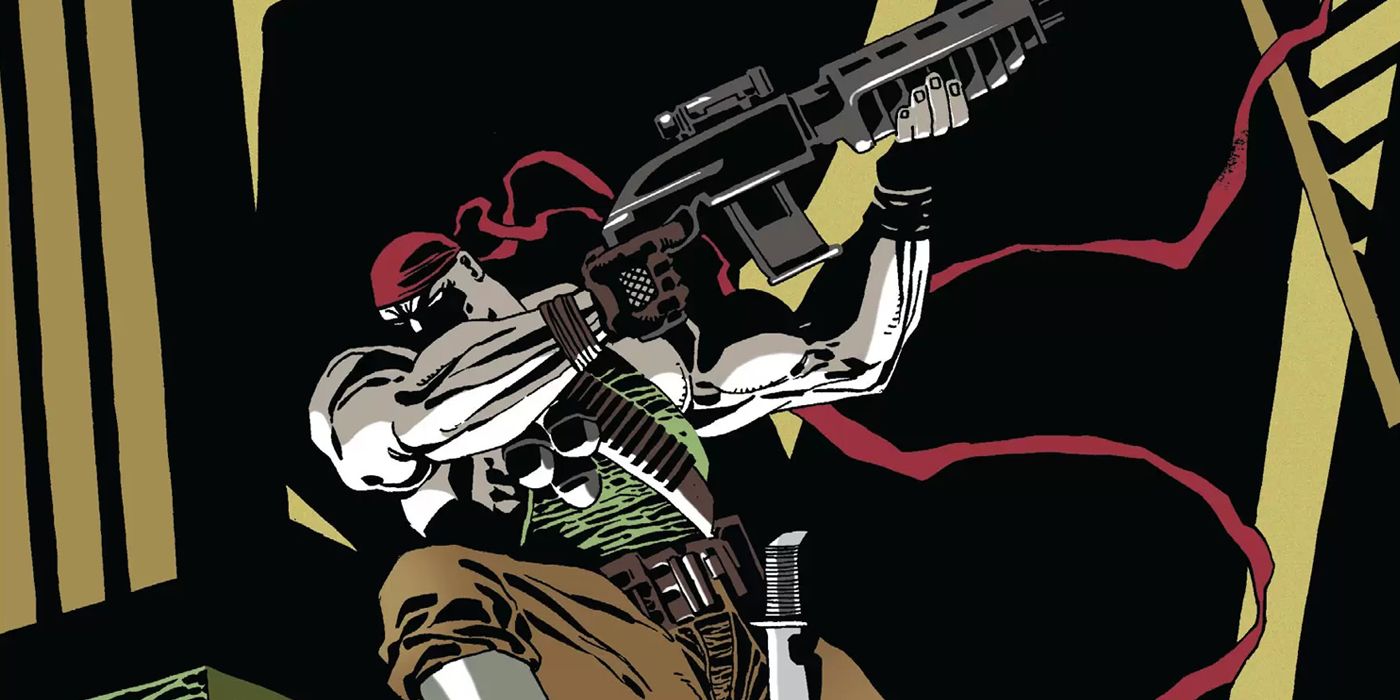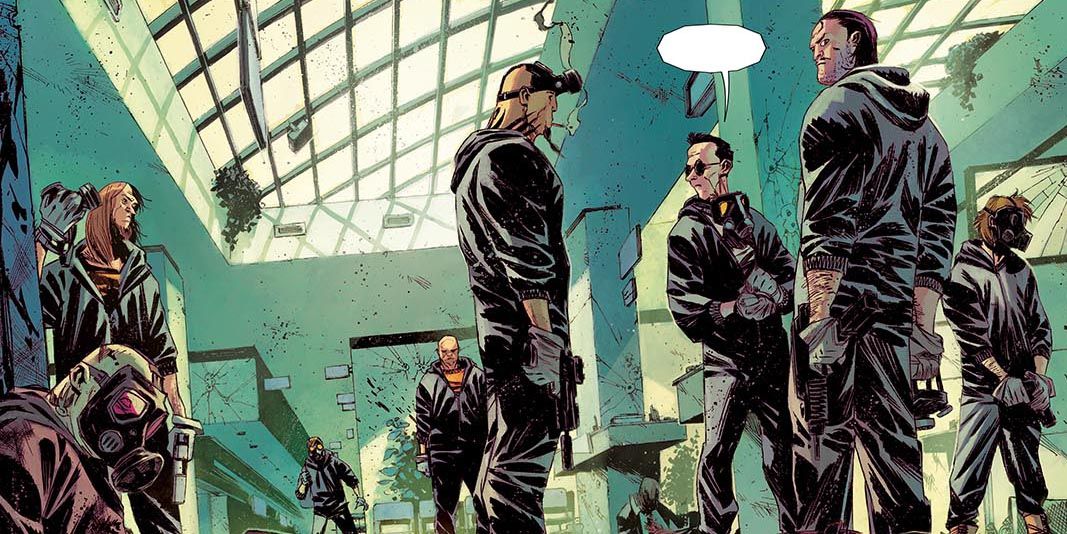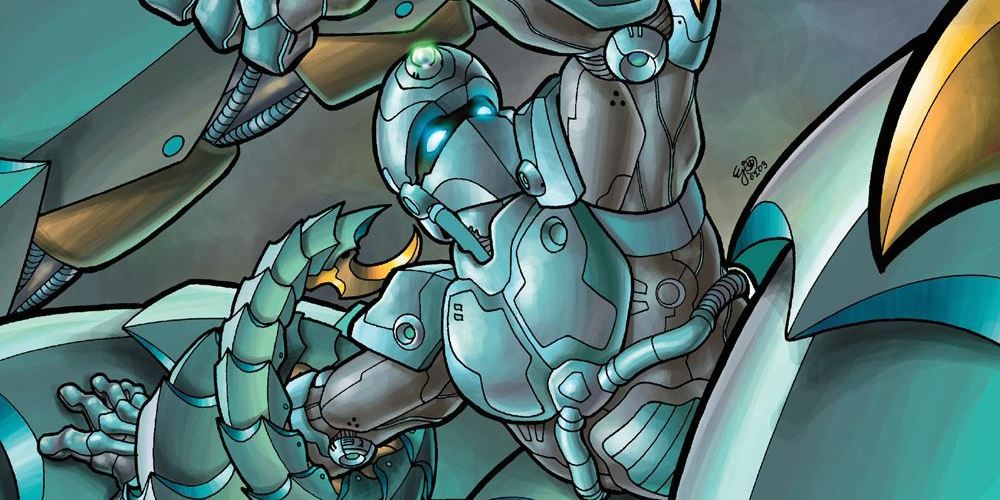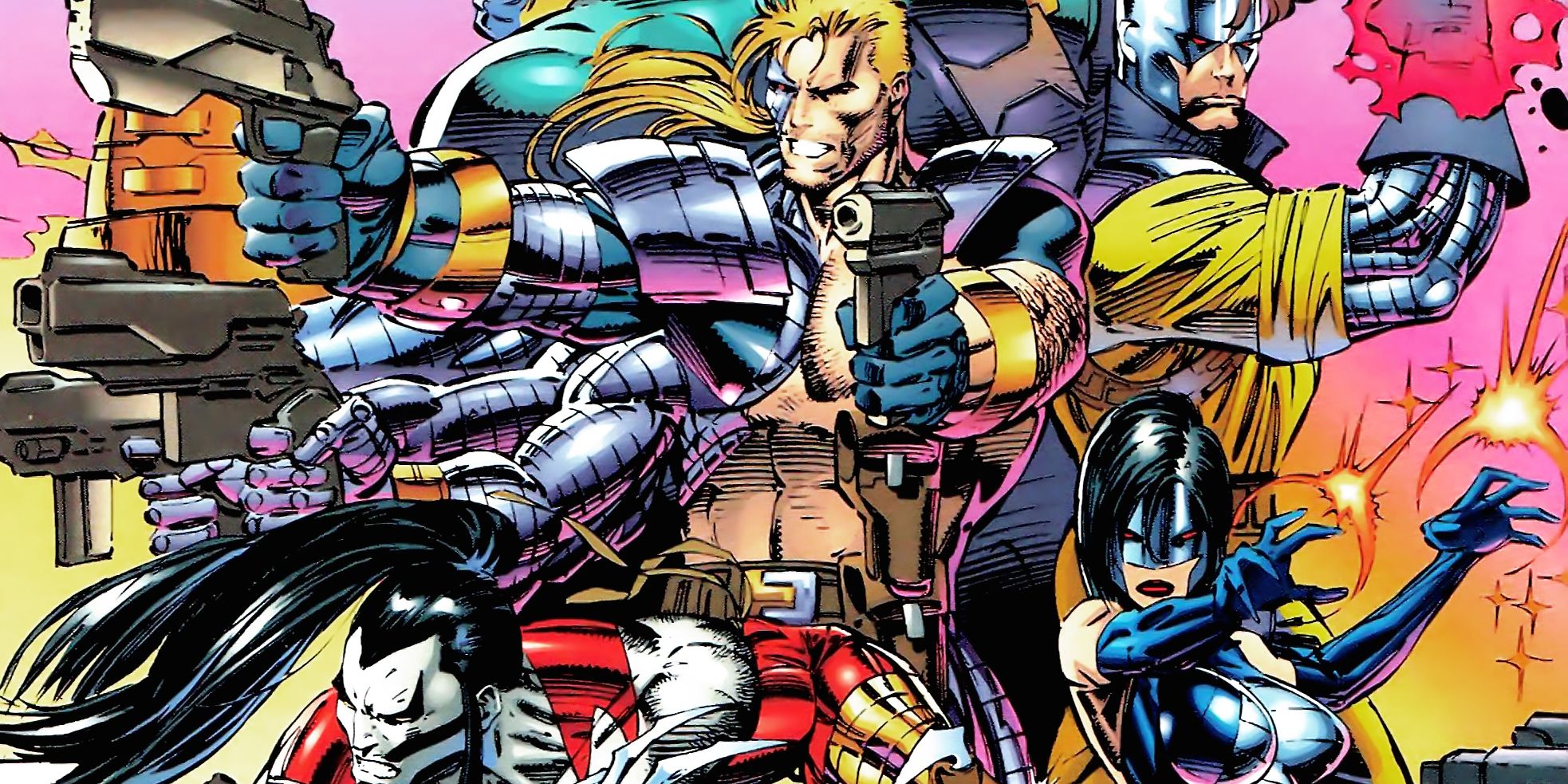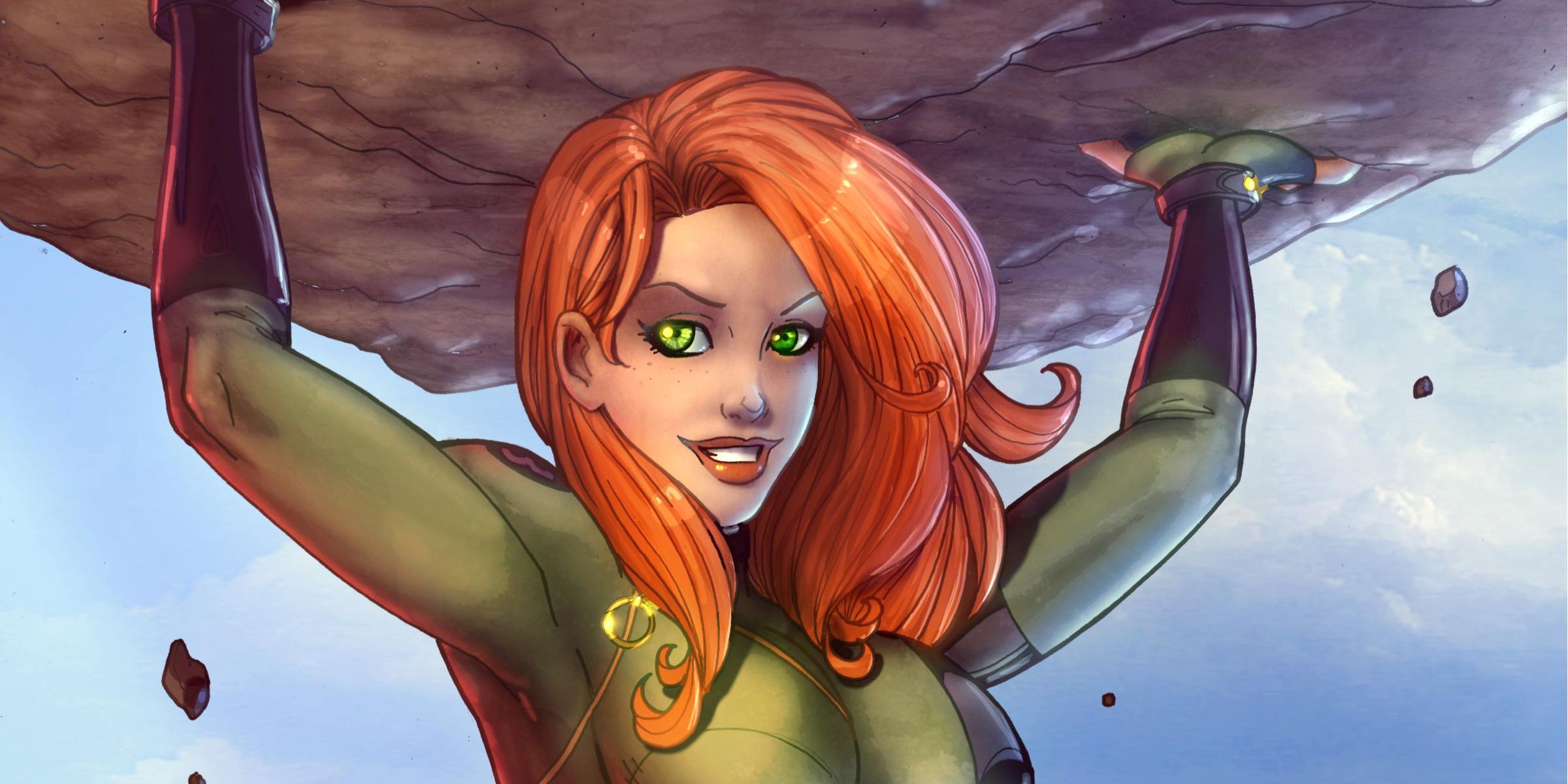Image Comics was founded in 1992 by a number of high-profile Marvel comic creators who were looking for an avenue to produce creator-owned comic books. The list of co-founders includes Todd McFarlane, Jim Lee, Rob Liefeld, Marc Silvestri, Erik Larsen, Jim Valentino, Whilce Portacio and Chris Claremont. Many of these men were known for their work on X-Men comics in the late ‘80s and early ‘90s, a time when the X-Men craze was at its peak. The Image creators were starting from scratch and attempting to build a superhero universe disconnected from the Marvel and DC Universe. Since most of them had worked for several years writing about a team of mutants, they decided to stick to their guns and as a result we got a number of comics and characters that echoed the X-Men.
Some of the ‘90s Image comics leaned too heavily on the recycled characters and did not invest enough energy into making them compelling. Over the years, the founders learned that their books were far more successful if they expanded on the ideas introduced by Marvel and invested in their characters. Today, Image is one of the most innovative comic book publishers in action. Their catalogue is full of titles that explore original ideas and rich characters. It is amazing to think how far they have come from those early ‘90s days. In this list we are taking a look at 10 times borrowing from Marvel turned out better for Image and 10 times it turned out worse.
20 BETTER: SHADOWHAWK
Moon Knight has an interesting origin story that is difficult to replicate subtly. In a nutshell, Marc Spector passed away and was resurrected by the Egyptian moon god, Khonshu, and became Moon Knight. In 1992, Image Comics came very close to this story with the creation of Shadowhawk.
While Shadowhawk’s origin is not a direct copy of Moon Knight’s, it is based on an individual being inhabited by the Spirit of Justice, which came from the end of an Egyptian Shaman many years ago. At times the Moon Knight storyline becomes a little convoluted while the Shadowhawk content is both relatively grounded and socially aware. Shadowhawk is one of the most underrated books of the ‘90s.
19 WORSE: WILDC.A.T.S.
A number of the Image Comics co-founders attempted to replicate the success of the X-Men in the early ‘90s. WildC.A.T.S. was arguably the most successful of the X-Men imitations. Almost all of the original characters ended up with spin-off books and the series was even adapted into a cartoon television series, much like X-Men: The Animated Series.
WildC.A.T.S. was successful because it had all the bones of an X-Men comic, instead of just character copies. It was able to replicate the inter-team drama while navigating through the cosmic threat. So, why is it on the “worse” side of the list? Because it was still just a replica of a superior comic.
18 BETTER: STORMWATCH
Stormwatch is one of the best and most important comics in Image’s history. The first issue was released in 1993, but it wasn’t until 1996 that the book gained its following. The increase in popularity was due to Warren Ellis taking over writing duties.
Ellis became ambitious with the themes and purposefully modelled his characters off of Marvel and DC characters to aid his commentary. Seeing familiar looking characters in very unfamiliar situations was a tremendous asset to the comic and acted as the starting point for the series Authority, which is one of the most influential comics of the 21st century.
17 WORSE: PITT
In 1990, comic book artist Dale Keown joined writer Peter David on Marvel’s The Incredible Hulk. This stretch is known as one of the most essential comic runs in the character’s history and Keown’s art plays a big role in that success. He penciled 26 issues of the comic before leaving Marvel to pursue creator-owned work at the newly founded publisher, Image Comics.
Keown stuck with the character archetype that was working and designed Pitt, a genetically modified human closely resembling the Hulk in both appearance and ability. Pitt possesses super strength and enhanced durability, not to mention he uses pain as a stimulant. Despite being a successful comic on its launch in 1992, Pitt never measured up to The Incredible Hulk in popularity.
16 BETTER: THE STRANGE TALENT OF LUTHER STRODE
Luther Strode is a high school student concerned with his lack of muscle. To avoid getting bullied at school, he orders a workout program called The Hercules Method. It turns out to be better than Luther imagined as the secrets of The Hercules Method enable him to unlock superhuman strength, reflexes and speed.
This method is an analog for the Charles Atlas Dynamic Tension workout, which not only appeared as an advertisement in comic books, but was also parodied by Marvel in What The..?! #23. The Strange Talent Of Luther Strode takes it to the next level, by examining what would happen if a boy without a good role model acquired great power. The book is dark and difficult to stomach at times, but effective.
15 WORSE: YOUNGBLOOD
Youngblood is the first comic to be published by Image Comics and the most important on this list. Unfortunately, that doesn’t mean it is good. The book follows a team of high profile superheroes as they juggle fighting crime and dealing with their celebrity status. Admittedly, this is a promising premise for a comic book, but the comic struggled in 1992, as critics responded poorly to its release.
The lack of original superhero characters was a barrier for Youngblood. The original team members closely resemble a number of Marvel’s most popular characters. The idea of a team consisting of Hawkeye, Thing, Black Widow and Punisher sounds great, but unfortunately Youngblood could not succeed with its second-rate version of these iconic characters.
14 BETTER: SPAWN
Created by Todd McFarlane in 1992, Spawn is arguably Image Comics’ biggest success as it approaches 300 issues and a second movie adaptation. Although the character designs are very different, the bones of Spawn’s origin story are very similar to Marvel’s character Ghost Rider.
In each comic origin, the men make a deal with a demon that inevitably results in their physical transformation into a demonic being. Both characters are initially anti-heroes who spend most of their time dealing with street thugs and gangs in a questionable manner. It is difficult to make this type of character likeable, but they have cracked the formula with Spawn, which has lasted longer than any run of Ghost Rider and is still going strong.
13 WORSE: BRIGADE
Another X-Men equivalent from 1992 was the Image comic, Brigade. It was a spinoff comic of Youngblood and followed similar story beats as X-Force did. The team dealt with sensitive cases and consisted of a number of the more dangerous members. Along with just not being a very good comic, Brigade also had trouble coming up with original characters.
Almost direct copies of Iceman, Namor and Beast can be seen throughout the book with a number of other analogs sharing the pages. In 2010, Image Comics released a new mini-series, but after the underwhelming reception of the first issue, no subsequent issues were released.
12 BETTER: SAVAGE DRAGON
One of Image Comics’ most popular titles, Savage Dragon, will soon be publishing its 240th issue. It is about a large, green, finned alien named Dragon who, after crash landing on Earth, becomes a Chicago police officer. Although Dragon may sound like an original character, those well-versed in X-Men comics will notice he bears a striking physical resemblance to the reptilian space-pirate Ch’od.
Appearance is not the only similarity they share, if you take a close look at their backstories a few more elements align. Both creatures are reptilian aliens and were villains before eventually becoming hero allies. While Ch’od appeared in many Marvel comics over the years, he was always playing a supporting part, which is why this round goes to Dragon.
11 WORSE: PROPHET 1993
John Prophet is a combination of a few Marvel characters. He has undergone DNA enhancement to transform him into a super soldier like Captain America. He was created to be a mindless weapon of war, similar to Wolverine and he is a man out of time, comparable to Cable.
The ideas for a great comic series are all there. The stasised character can be awoken in different time periods, each time having to adapt to the culture and carry out his mission. The problem with Prophet is that the character was very childlike and unintelligent. It proved difficult to sustain a series where the titular character displays traits of viciousness and stupidity.
10 BETTER: PROPHET 2012
In 2012, Image made another pass at Prophet, this time putting the series in the hands of writer/artist Brandon Graham. A few adjustments were made to the character, while still keeping a number of the old ideas alive.
Graham has John Prophet wake up approximately 10,000 years in the future in a universe where there are dozens of John clones. This capitalizes on the interesting characteristic of a man out of time, while also diving deeper into the Cable analog with the addition of clones. While the first iteration of Prophet leaned too heavily on its similarity to popular Marvel characters, this reboot makes sure to keep the character intact but give the book its own identity.
9 WORSE: NEW MEN
Many of the early Image superhero comics had a number of similarities between their characters and Marvel’s. New Men might be the worst of the bunch, bearing a strong resemblance to the X-Men.
The New Men were a group of teens, lead by a middle-age mentor. Analogs for Jean Grey, Beast and Angel were evident in the first team makeup and later the book had nearly identical characters to Cable and Bishop. With such a close resemblance to the X-Men, it was hard for New Men to break out, as it was seen as inferior to the Marvel counterpart.
8 BETTER: ASTRO CITY
In 1994, Kurt Busiek and Alex Ross teamed up to create a four issue mini-series for Marvel, aptly titled Marvels. The comic took an unusual approach to storytelling as it re-told a number of classic Marvel tales from the viewpoint of a news photographer observing the events.
One year later, Busiek and Ross took their storytelling style to Image Comics and created Kurt Busiek’s Astro City. It adopted a similar storytelling approach to Marvels, often focusing on a minor character witnessing the action. Astro City has many compelling characters, bearing little resemblance to Marvel heroes. Marvels was a tremendous success; for Busiek and Ross to take that style to a different publisher and create such a vast and distinguished world is truly a great accomplishment.
7 WORSE: DEATHBLOW
The Punisher is a U.S. Marine who uses his training to exact revenge on the individuals who took away his family. Presenting striking similarities to this origin story is Image’s character Deathblow. He has a military background as a Navy SEAL and is determined to avenge the end of his parents.
Revenge is an extremely common story trope, but there are ways to use it effectively, as evidenced on this list. Image makes a few attempts to separate Deathblow from its Marvel counterpart by giving him superpowers, including immortality. However, they do nothing to change the character’s look. In the end, Deathblow comes across as a less interesting Frank Castle, as his immortality removes the risk and reward.
6 BETTER: DEAD BODY ROAD
Justin Jordan, writer of The Strange Talent Of Luther Strode, makes another appearance on this list as he centers his next Image series around a character-type popularized by Marvel. Dead Body Road is a classic revenge story that shares a number of elements with Punisher’s origin, including the loss of his family. To Jordan’s credit he does not dress the character in black, which at least creates a visual separation from Punisher.
What makes this iteration of the story superior is the eventual demise of the main character, Gage. Though tragic, the ending communicates the cost of Gage’s actions; there can only be one conclusion for a man with so much vengeance in his heart. This message has yet to be communicated in Punisher.
5 WORSE: WILDSTAR
In 1988, Venom made his first full appearance in The Amazing Spider-Man #300, a comic that was drawn by Image Comics co-founder Todd McFarlane. In the early years of Image Comics, Al Gordon and Jerry Ordway took the concept and attempted to replicate the success of the alien symbiote.
The two men created Wildstar, which is an alien symbiote that can bond with a host to grant them superhuman strength and invulnerability. Similar to the Venom symbiote, Wildstar can bond on a chemical level to influence the host’s emotions and behaviours. The character had his own comic for a few years and made appearances in other Image titles. Unfortunately, Wildstar never reached the popularity level the creators were hoping for.
4 BETTER: TECH JACKET
Marvel’s Darkhawk has a very interesting and unique origin story. A teenager named Chris Powell, finds a strange amulet that turns out to be an alien artifact which allows him to don the alien armor of Darkhawk.
In 2002, Walking Dead writer Robert Kirkman wrote a comic called Tech Jacket, which shared a very similar origin story to Darkhawk. In Tech Jacket, a high school student named Zach Thompson, finds a dying alien who gives Zach his alien armor. Much like Darkhawk, Zach uses the suit to become a hero. Although Tech Jacket didn’t last long in his own comic series, Image has found a way to capitalize on the character by making him one of the main characters in the popular title, Invincible.
3 WORSE: CYBERFORCE
Cyberforce tells a story of mutants who form a team after being taken hostage and experimented on in order to enhance their abilities. These mutants were intended be used as weapons for the organization Cyberdata in their quest for world domination. Sounds a lot like the Weapon X program from the pages of Marvel Comics, doesn’t it?
Cyberforce dove too deep into the tech world, as you can probably tell from the names of the two rivalling teams, which both contain the word “cyber”. The comic was another ‘90s Image book that struggled to establish original heroes. One of the most obvious examples is the character Cyblade who looked like Psylocke just woke up in the wrong comic book.
2 BETTER: GEN13
Yet another X-Men imitation with hints of New Mutants is Image’s Gen13. The comic centers around a group of teens who volunteered for a government internship at a secret facility. The group manifests powers and then makes their escape.
In a time when a lot of the X-Men comic analogs -- and even the X-Men comics themselves -- were worried about technology, clones and aliens, Gen13 spent a lot of time developing its characters. Fans must have noticed this difference, as Gen13 became one of the more popular Image titles. It is impossible to say that Gen13 is better than X-Men ever was, but we will acknowledge there were weeks when the Image copy did a better job at character development than Marvel.
1 WORSE: BLOODSTRIKE
Bloodstrike is Image Comics’ most obvious copy of Marvel’s X-Force. Bloodstrike is a super-powered hit squad carrying out the secret orders of the people in charge of the country. In this comic very little effort is made to modify the characters from Marvel heroes.
The leader of the group is a Deadpool analog that looks almost identical to the mouthy merc. One of the team members is a female version of Forearm, distastefully named Fourplay. Finally, the team is rounded out by a character with claws, who is exceptional at hand-to-hand combat and is described as feral -- they call him Deadlock instead of Wolverine, but the character looks nearly identical to his Marvel mold.

